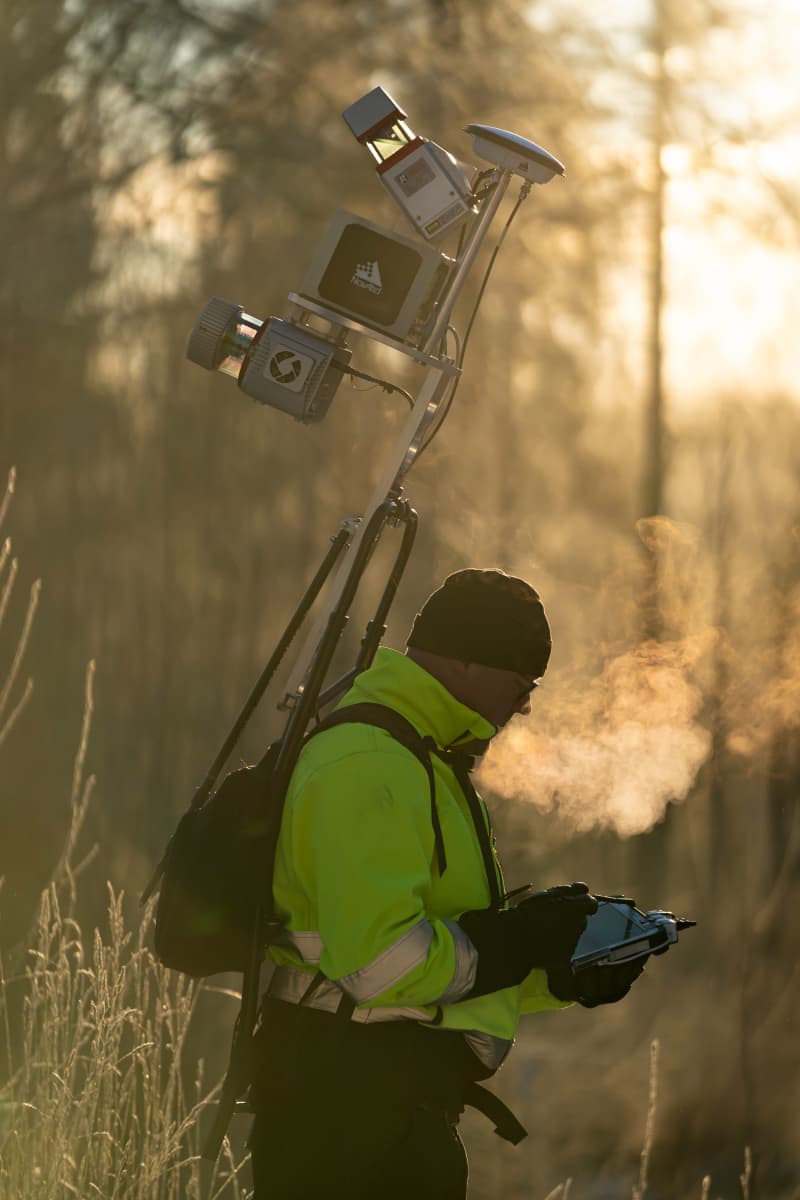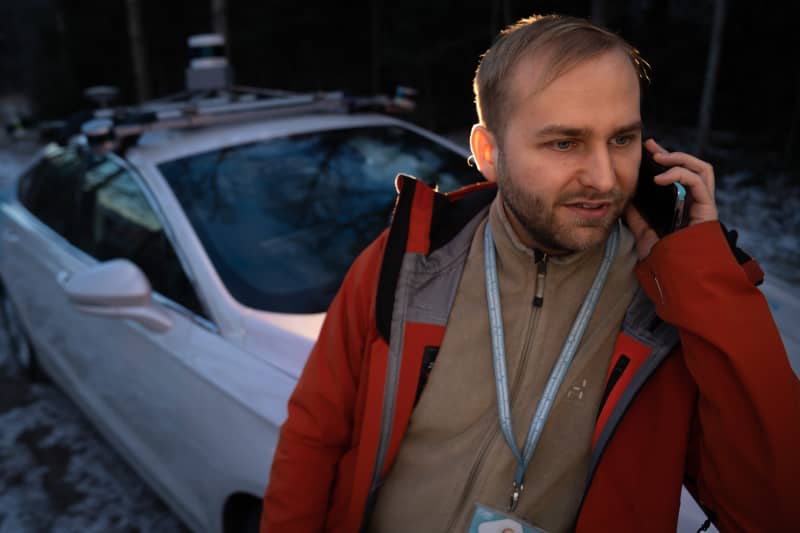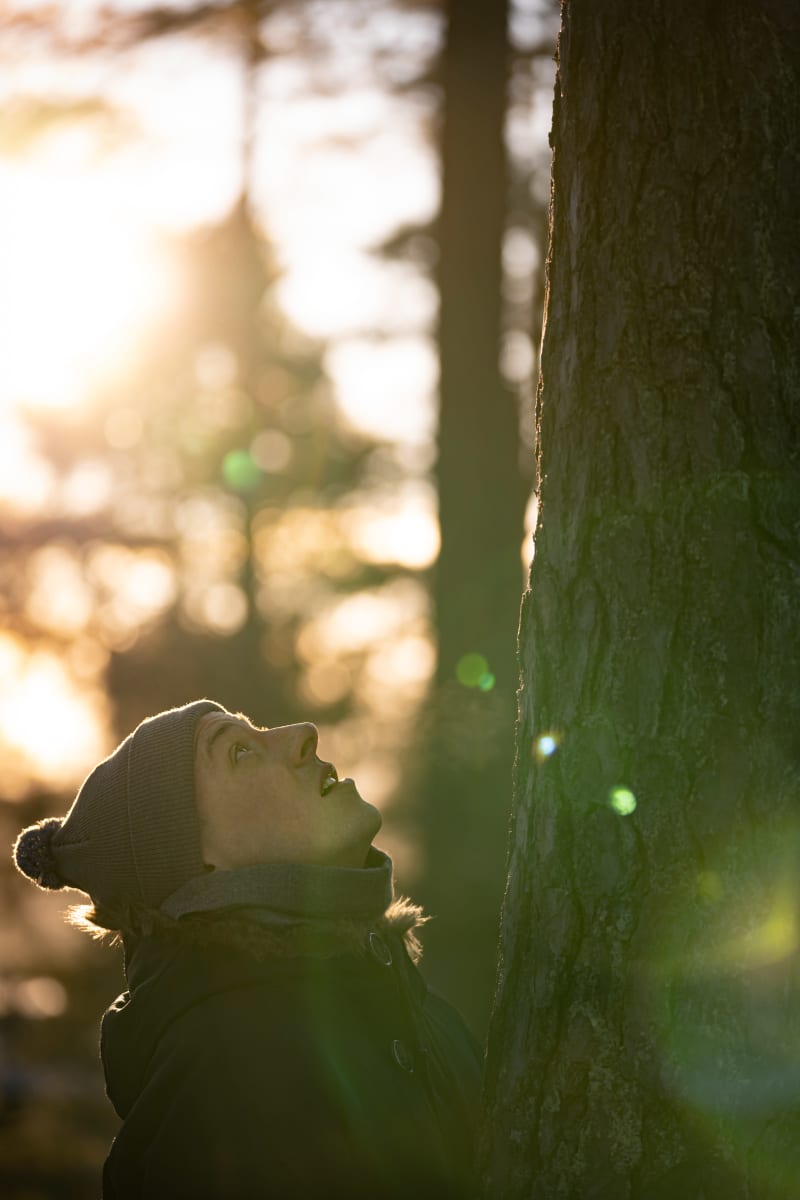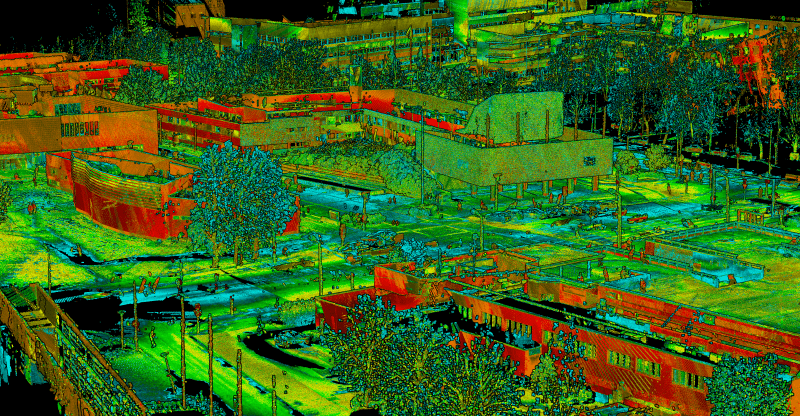Technology is helping scientists to find ways to predict the damage to forests caused by humans and climate change. Laser scanner data is revealing things about the forest that the eye cannot yet see.

Laser scanning of forests has been done for years from aircraft, but in recent years also with drones and, most recently, with a backpack-mounted device that can be worn on the back of the researcher.
The entire Finnish forests have been bowled once from an aircraft and a second round, in the framework of the so-called national laser bowling, has been started. Forests are constantly growing and changing through felling and storm damage, so in five years’ time the situation in terms of tree cover and biomass will be different from today.
The team’s open-mindedness in seeking new solutions is demonstrated by how the laser pointer originally ended up in a wearable backpack. The researchers were taking measurements at Pulman Beach with a car-mounted laser pointer that was now mounted on a rubber boat. The study was aimed at investigating erosion caused by the river’s flow, how the current and flooding carry and shape the sandbars. However, the rubber boat could not get close enough to the shore, so the equipment was installed in an old milk cart.
The innovation for the backpack bowling came about ten years ago through sweat. Antero Kukko emphasizes that one person can come up with an idea, but the implementation requires competent staff and stimulating cooperation networks on the other hand
A laser projector is a bit like an echo sounder that uses sound to measure distances to targets. Instead of sound, the laser projector emits short pulses of light and waits for them to return. The laser projector also measures the reflectivity of objects based on how strong the signal is reflected back. The result is a so-called point cloud, i.e. a three-dimensional modeling of the forest.
The point cloud can be used to calculate, for example, the geometric and reflectivity-based radiometric features of trees at different wavelengths in a computer program, which means that individual trees can be identified and their lengths and trunk properties can be determined.
– You can determine, for example, the number of trees, their trunk volume, the straightness of the trunk and the size of the branches, as well as whether it is a dead rotten tree or one that is still growing. A lot of information can be extracted from the data that was not previously obtained using traditional methods.
The accuracy of aerial scanning is sufficient to distinguish individual trees. With the backpack binoculars, you can reach millimeter accuracy. This is where the researchers’ idea comes from, that every tree could have a fingerprint in the future, which consists of its physical dimensions, the anatomy of the trunk and the shapes of the branches.
The combination of point clouds obtained from different laser scanning sources is possible because they all contain position coordinates and a three-dimensional model consisting of plane and height coordinates. In the near future, however, you won’t be able to get such a 3D model of all Finnish forests. For now, backpack bowling is only done at trial and pattern levels. It is legwork, so very large areas cannot be measured quickly with that method.
Laser scanning reveals forest health
The state of Finland’s forests has been systematically monitored for a hundred years. The needs of the forest industry and concern about the sufficiency of wood have been the primary motivations for monitoring. Recently, forest protection goals have also been included.

Laser scanning reveals things in the forest that the eye cannot see. It helps to find out information about, for example, the moisture of leaves and needles. The water content of the forest is a good indicator of many different stress factors in the forest. Samuli Junttila about the destruction caused by the printer. In the study, it was noticed that the damage caused by the letterpress can be seen in trees with the help of a laser even before the tree is visibly weakened. The bookworm is the most significant forest pest in Finland and Europe.
– The temperature inside the forest directly affects how much the letterpress is able to reproduce in Finland. At the moment, we are at the limit that the letterpress can multiply twice during the summer. The second generation increases their number very much.
Deforestation creates favorable conditions for the book printer, because the removal of trees increases the temperature of the forest. Of course, the matter is not so black and white, because as the number of book printers increases, so does the number of their natural enemies, such as parasitic mites and woodpeckers. The interrelationships between different species are complex, but the combined effects of climate change and logging increase the possibility of destruction. In the future, the information produced by laser scanning can help proactively manage forests and change how forests are treated.
– I believe that in the future the use of forests will be considered more than at present and diversity will be taken into account instead of just staring at the number of trees. However, thousands of different species live on forest ecosystems. There is little information about many of them, and the unilateralization of forest ecosystems has already caused large-scale loss of nature in Finland, says Samuli Junttila.
Gamification is the word of the day
– If some kind of artificial intelligence is booming in the background, then the communication with the tree can very well be two-way. Different sensors could be used to make observations about the environment, possibly using some kind of touch. And when these observations are fed to artificial intelligence, we can then imagine what the tree thinks about something, says Timo Nummenmaa.
The design of the experience is just getting started. Preliminary visions also require research data on how ready people are to be connected to the digital world while they are in the forest. For many, it might be a place where you don’t want to use your cell phone.

Through gamification, even everyday work takes on new meanings. For example, the driver of a forest machine could get accurate information about the trees in the laser-targeted area. Nature values \u200b\u200bhave become more important in forest management than before, as research information has accumulated. When felling, the operator of the machine could get information, for example, about which trees should not be felled in terms of nature values.
In the Finnish forest, aspen is particularly important in terms of diversity.
– Wounds provide a home for many species of insects and birds and thereby support their life. Of course, many sauna boards have been built from haava, but it is not commonly cultivated in forestry based on clear-cutting like pine, birch or spruce. Preserving aspens would be important. After all, they have been saved, but in different ways, says Samuli Junttila.


